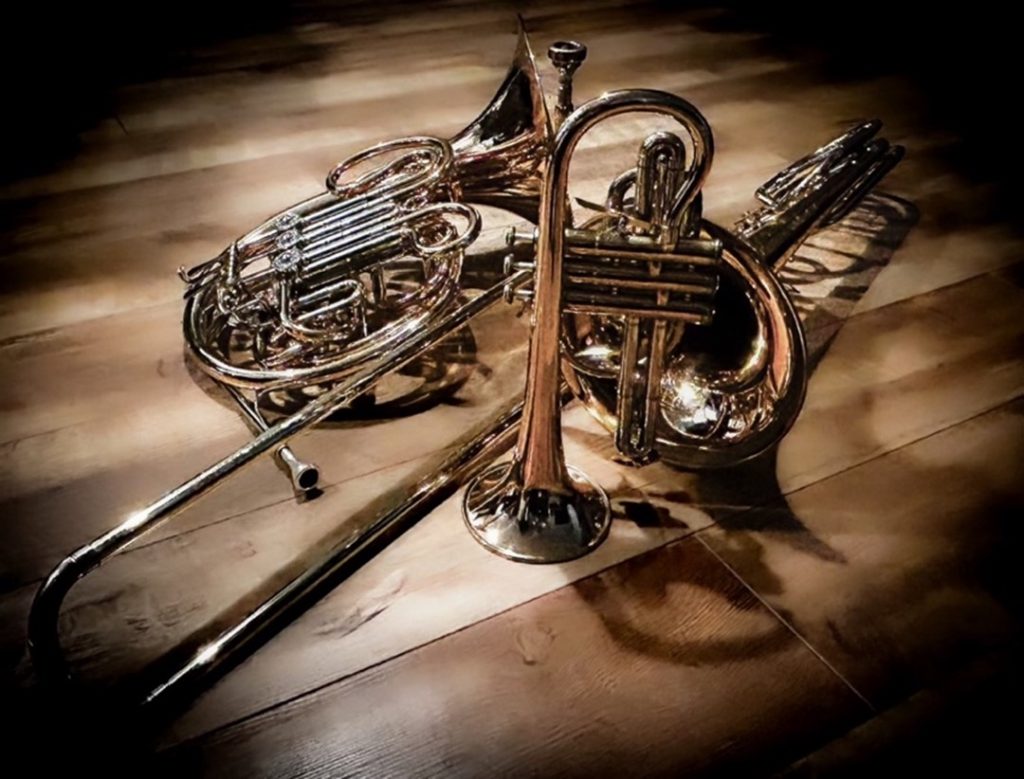
“Women working in the music industry face limitations in opportunity,
a lack of support, gender discrimination and sexual harassment and
assault as well as the persistent issue of unequal pay in a sector
dominated by self-employment and gendered power imbalances.”
The recent government report on Misogyny in Music, published last month, paints a bleak picture of the UK music industry. It describes an environment that is difficult for women to navigate without great personal cost, and that favours men. But what can be done to improve this situation and to develop a more inclusive environment? In my doctoral research, which explores gender issues in UK brass playing, I am hoping to detail the experiences of active female brass players and to suggest solutions for a more inclusive environment in the traditionally masculine brass-playing world.

International Women’s Day, and its call to “inspire inclusion” presents a good opportunity to reflect on lessons from historical environments that have made space for women. The brass bands of the Salvation Army were home to some of the earliest female brass players, who played in mixed bands and were praised and encouraged alongside their male colleagues. Later on, some of the earliest female orchestral brass players came to music through the Salvation Army, such as the first female principal trombone of Manchester’s Hallé Orchestra, Maisie Ringham. Maisie went on to have an exceptional career, making many recordings and inspiring generations of girls to play brass instruments. Her successors, pictured below, continue to influence the brass-playing community in Manchester today.

Orchestral brass sections gradually began to engage with more women musicians in the second half of the 20th century, and women were welcomed into all but the most exclusive bands by the start of the 21st century. However, despite an increasing number of women active in the sector, it is still possible to find brass-playing environments without a single woman present. Retention remains a key problem: many brass instruments are broadly gender-neutral at school-level but girls and women drop out at every subsequent level of music education until there are only 10% in top-level symphony orchestra sections.
The number of female brass players has certainly increased in the last forty years, but numbers alone do not give a full picture of inclusion. For many women, both in brass playing and in other historically male spaces, there are many challenges that come with a dominant masculine culture. My participants describe misconceptions about their strength and ability, outright sexism and specific stories of harassment in the workplace. They find themselves having to change their behaviour to fit into the pre-existing masculine culture, and having to work much harder than their male colleagues to prove themselves in what is already a competitive world. This reduces their sense of belonging and in some cases may lead to them leaving the industry.

However, most female brass players feel hugely positive about the future of their profession, despite the difficulties that some continue to experience. Male colleagues are beginning to speak up about the injustices they see, small adjustments are being made in the workplace, and many feel the culture is shifting. A change in attitude from their colleagues helps women to fulfil their musical potential and to focus on music-making rather than gendered issues.
These women stay in the industry because they are passionate about making music. They love their work, they can see the improvements that are being made, and they know how the culture can be further improved for future generations. They feel a strong sense of responsibility to empower girls and women through music education and to improve the retention rate at all levels. Most keenly, they believe that it is possible to create a respectful, positive environment, and one that inspires true inclusion for all.


